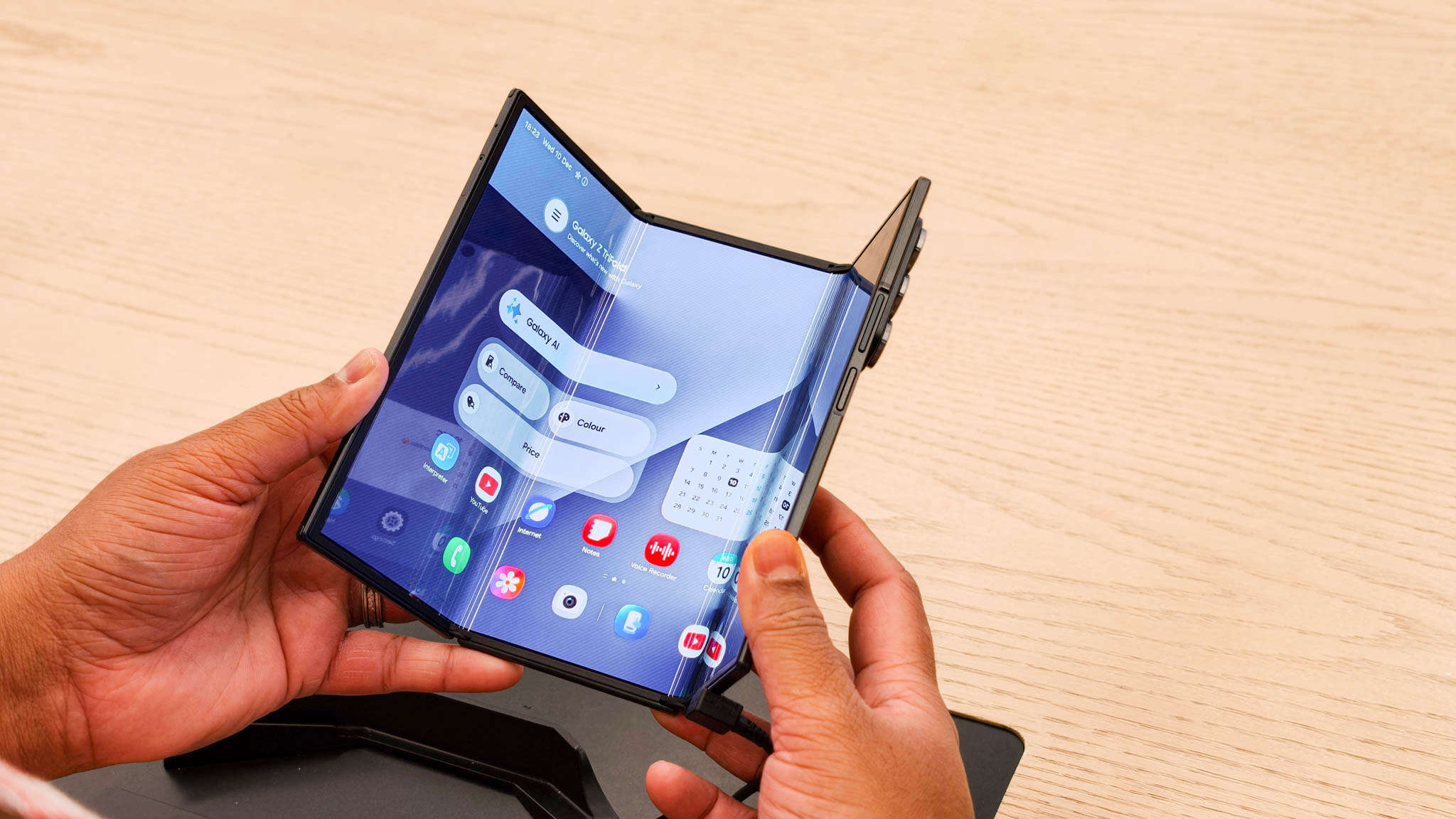The best smart glasses of 2025, plus what we expect to see next year
Smart glasses are an extensive category, but our guide helps narrow the field so you can make the right choice.
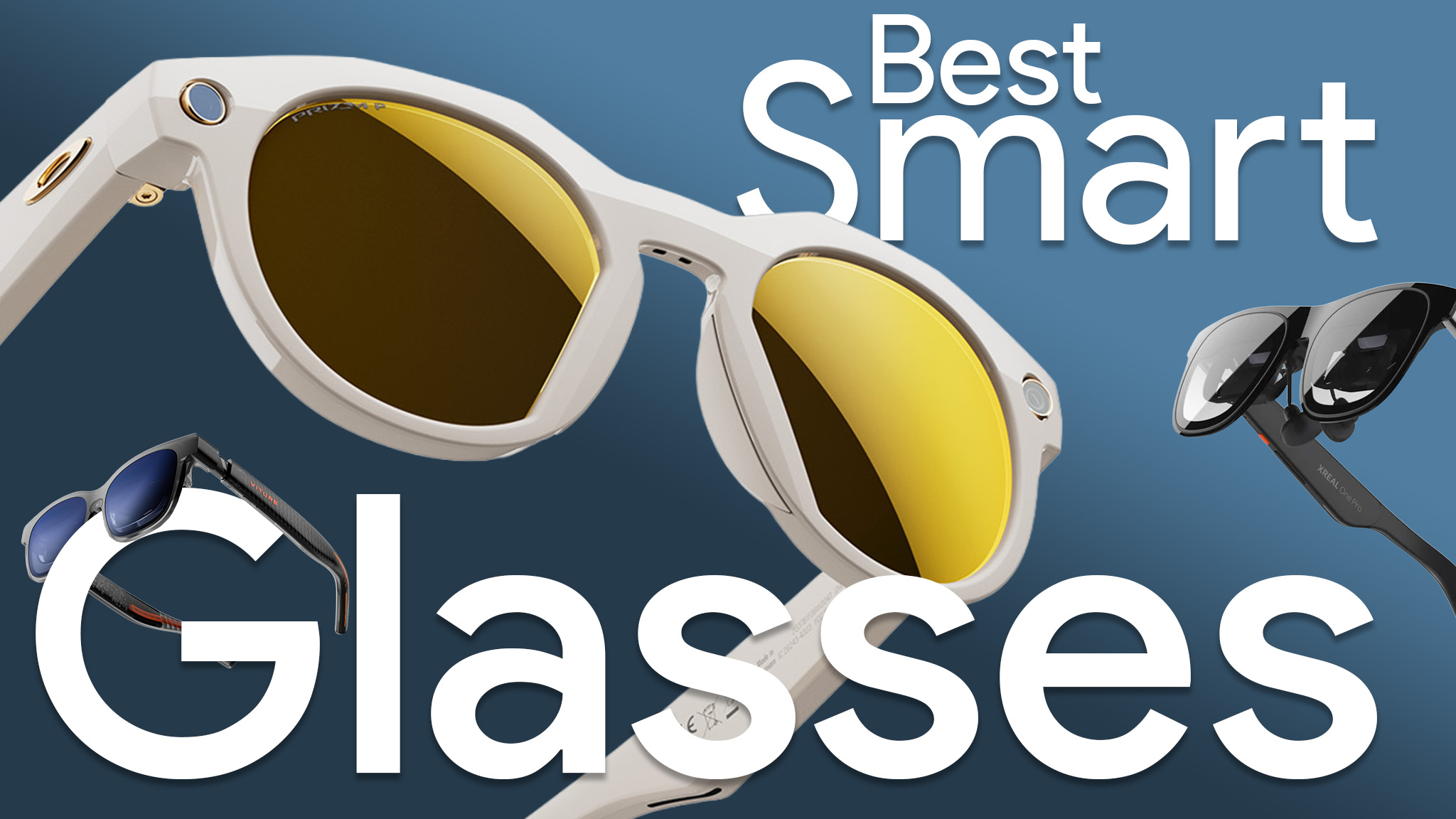
At a glance
1. Best overall XR
2. Best value XR
3. Best XR ecosystem
4. Best overall AI
5. Best premium AI
6. Best modular AI
How to choose
When you hear the term "best smart glasses," it's entirely likely that your definition is very different from someone else's. That's because "smart glasses" is an umbrella term that contains many different types of products, each of which conveniently rests on your nose.
So, which type is the right type for you? That entirely depends on what you want from the glasses on your face. I'll break them down into two main categories so you can quickly find what you want.
XR glasses, which stand for eXtended Reality, put a screen in front of your face, giving you a private display that also doubles as a neck saver on long trips. These are usually a little bigger than standard glasses and are not intended for everyday wear. Rather, they're meant for sitting at a table, in an airplane seat, or anywhere else you might want to mount a giant monitor but otherwise can't.
AI glasses, on the other hand, are intended for everyday wear and often use AI, cameras, or both to enhance daily life. Whether that's taking hands-free, first-person pictures or asking an AI assistant for directions to the nearest cafe, these glasses look like a normal pair of frames with a battery that'll need a charge up every few hours. Some even have a display in the lenses!
Whatever you're looking for, we've got a great list of must-have smart glasses for you.

Nick started with DOS and NES and uses those fond memories of floppy disks and cartridges to fuel his opinions on modern tech. Whether it's VR, smart home gadgets, or something else that beeps and boops, he's been writing about it since 2011. Reach him on X, Threads, Bluesky, or Instagram @Gwanatu.
At a glance
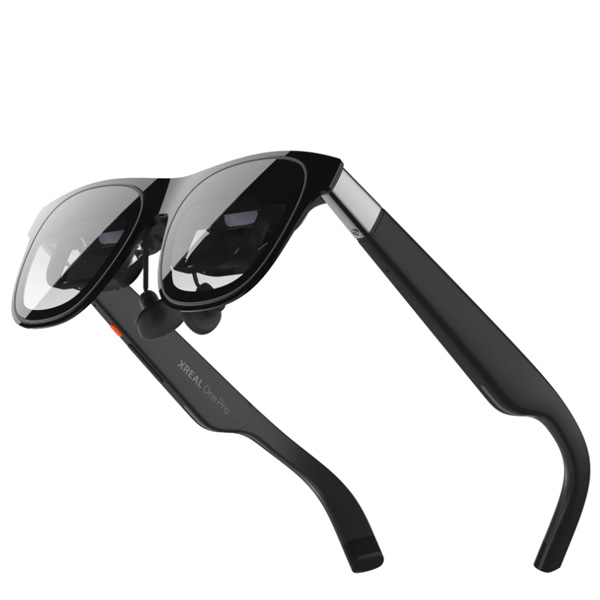
Best overall XR
Most smart display glasses "pin" the display to your vision, meaning even slight head movements will jostle the screen, sometimes making it hard to read. But Xreal One floats the virtual screen in front of your face as if it were a real monitor attached to a wall. This is thanks to the custom X1 chipset inside the glasses and sets Xreal One apart from all other smart display glasses on the market, making them the most comfortable premium pair of XR glasses you can buy today.
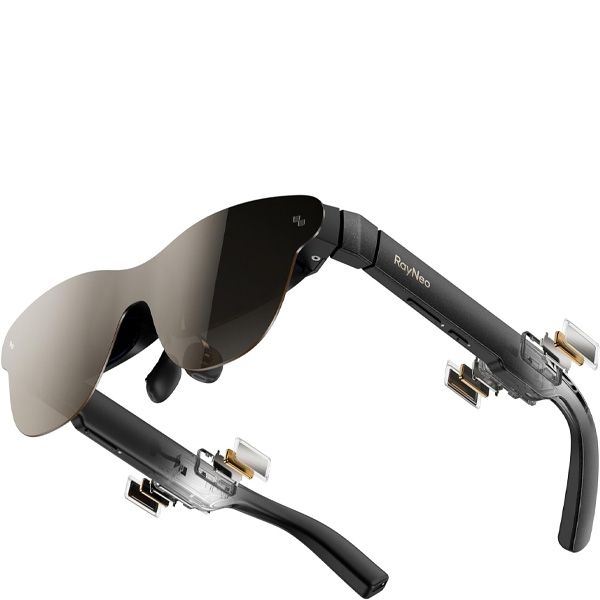
Best value XR
RayNeo Air 3S Pro is half the price of Xreal One, and while there are certainly concessions to be had, display quality isn't one of them. In addition to a big, beautiful display, RayNeo paid close attention to eye health with its Opticare display, which offers DC dimming and 3840Hz PWM dimming to ensure these are the only truly flicker-free glasses on the market. Perfect for your budget and your eyes!
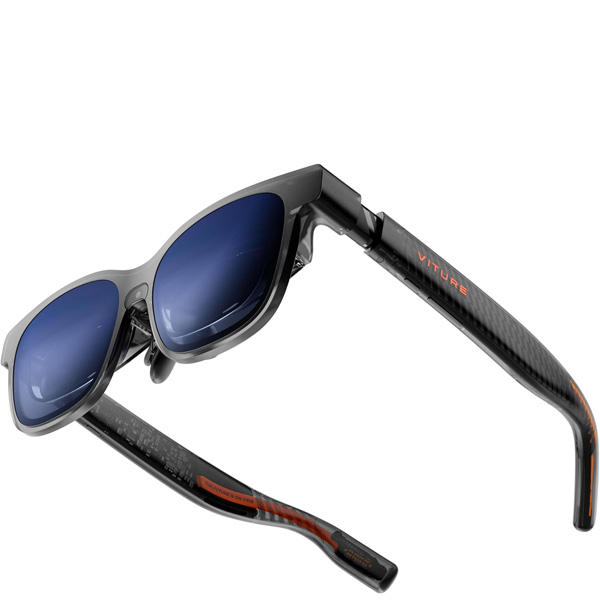
Best XR ecosystem
Viture Luma Pro is already a great pair of glasses with one of the highest quality displays you'll find anywhere, but they really shine when paired with the bevy of accessories offered by the company. From a battery-packed Nintendo Switch 2 or Steam Deck dock that extends gameplay for hours, to a neck computer that comfortably replaces phone usage on long trips, Viture Luma Pro is an incredible product with even better accessory support.
Best AI glasses at a glance
Why you can trust Android Central
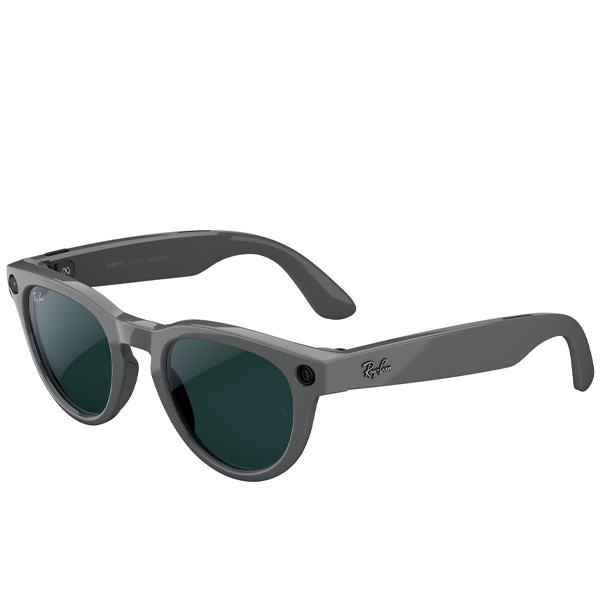
Best overall AI glasses
Ray-Ban Meta Gen 2 are the perfect follow-up to the most popular smart glasses ever. The 2nd generation model takes all the great styles from the first generation (over 100 combinations of frames, lenses, and colors), and adds better battery life, a higher-resolution camera, and video stabilization that's sure to impress.
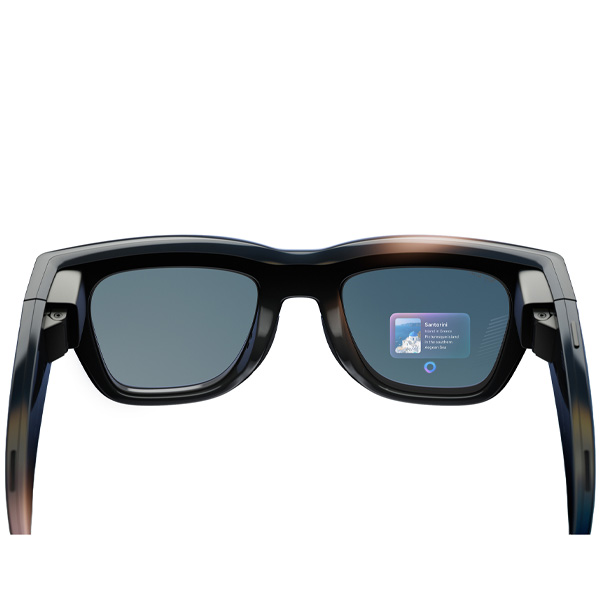
Best premium AI
Meta Ray-Ban Display Glasses are the company's first step toward consumer-ready AR glasses, a product category its been pushing to pioneer for years. With a display in the right lens, Meta AI smarts built in, and the same great camera and audio features of Ray-Ban Meta Gen 2, these are an impressive upgrade that'll replace your smartwatch and phone throughout the day.
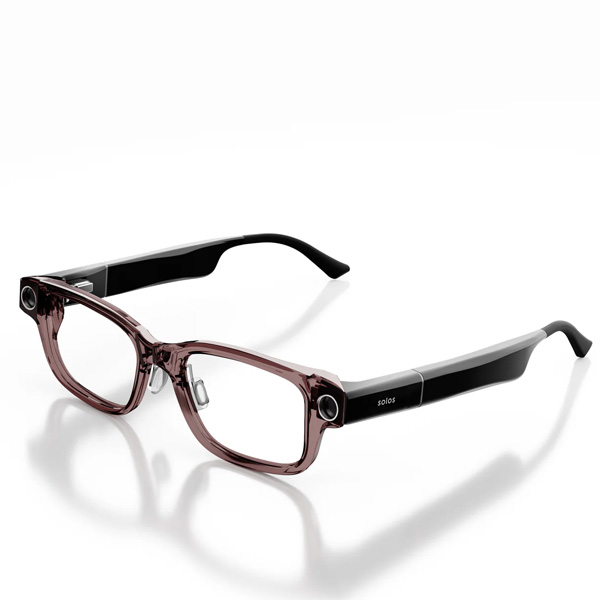
Best modular AI glasses
Aside from being the first ChatGPT-powered smart glasses, Solos AirGo V are the company's first smart glasses with cameras on the front. But what if you don't always want a camera on your face? Simple: swap the front out with any of Solos different types of frames and keep the same great ChatGPT connection and Bluetooth audio from your phone. It's an amazing modular design that no one else has!
What to expect in 2026
While the best smart glasses available today offer great experiences, there's always something new on the horizon. Full-fledged smartphone replacements like Meta Orion are still a few years out, but there are a few new pairs of smart glasses coming in 2026 that should rock the boat.
- The Android XR platform is making its debut later this year with Samsung's Project Moohan VR headset, and smart glasses with support for the platform are just behidn that. We got hands-on time with Google's upcoming Android XR glasses, and companies like Xreal are working on Android XR-powered glasses that'll likely blow away their current products, all of which are slated to make a market appearance sometime in early 2026.
- Apparently Tim Cook "cares about nothing but" Apple Glasses, and the latest rumors are that Apple has moved a large chunk of its Vision Pro headset team over to the smart glasses division to compete with Meta. This means we're poised to see a three-way smart glasses competition between Apple, Meta, and Google starting as early as next year. Now that's going to be awesome!
Best overall XR

Reasons to buy
Reasons to avoid
If any one pair of XR glasses wins the "best display glasses" award, it's Xreal One. Xreal's custom X1 chip sits inside every pair of Xreal One glasses, giving them the ability to anchor that virtual display in place as if it were a real monitor. While some other glasses have tried this in the past, they always required some additional software to be installed on your phone or PC for it to work, and generally didn't do the job very well.
This capability makes it feel like Xreal One glasses magically make a monitor appear in front of you. You can even put the glasses down, go make a snack, and come back to find the monitor is right where you left it. No weird resetting the position, reconfiguring the settings, or any of that nonsense. It just works, and that's what makes these so brilliant.
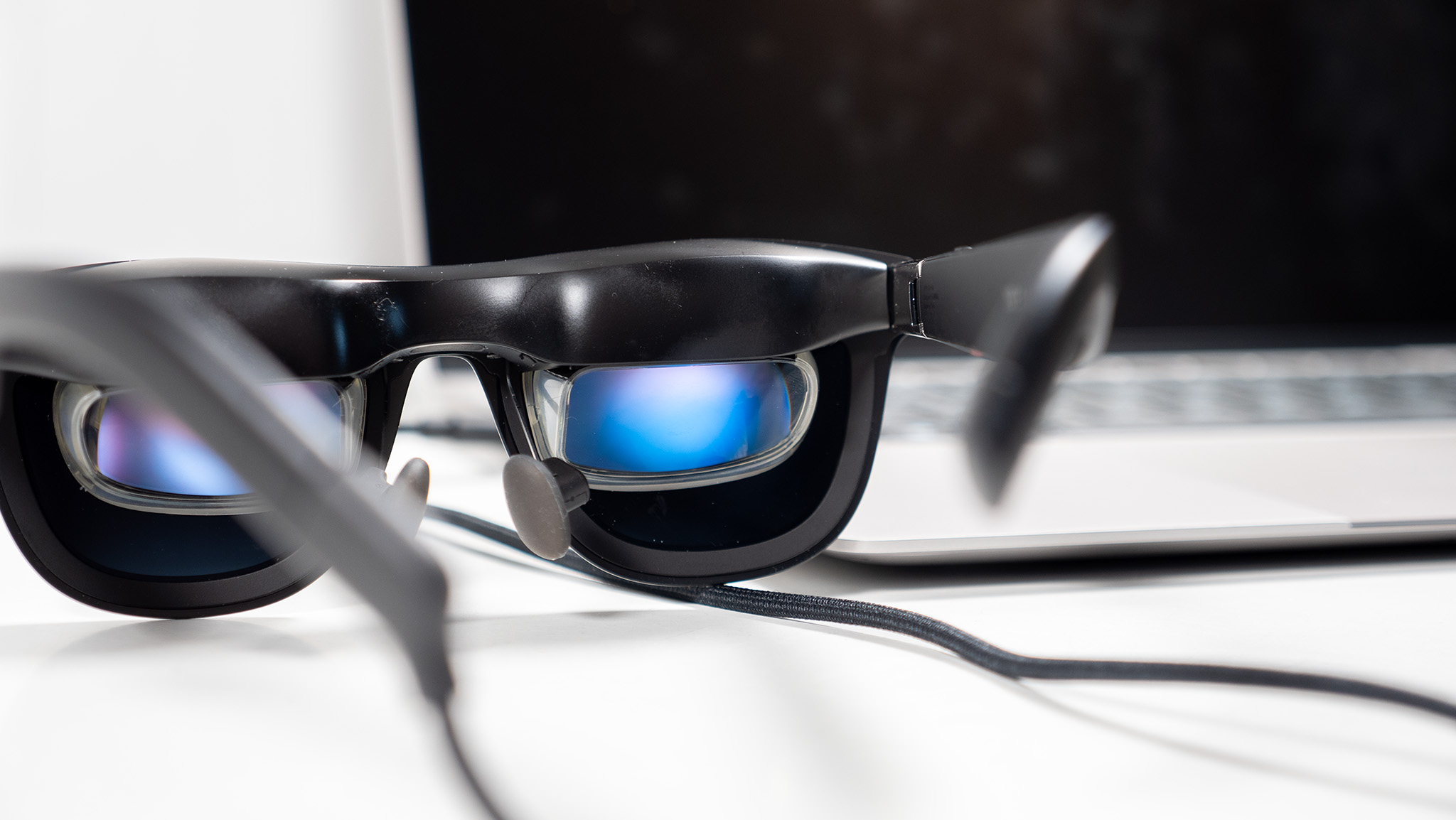
These are also the first pair of Xreal glasses that I've been able to use without a headache thanks to a few new features. First, they get rid of PWM dimming in favor of DC-dimmed electronics to help reduce flickering. The anchor features do use black frame insertion, which mirrors the same design on VR headsets, but that can be easily disabled in the on-glasses settings menu if it bothers you.
It's also plug-and-play with systems like the Steam Deck, making them a great way to save your neck on long trips. If you just want a great pair of smart glasses with the best plug-and-play features, Xreal One is the go-to pair. The biggest downside is that some people can be bothered by the "wavy" effect the lenses can produce, especially when reading text, although I've personally never found this to be bothersome or uncomfortable.
Xreal One Pro fixes that wavy effect because it uses a new kind of prism-based optic engine, but at $150 more than Xreal One, I'm not sure the new visuals will be worth it to most people.
Best value XR
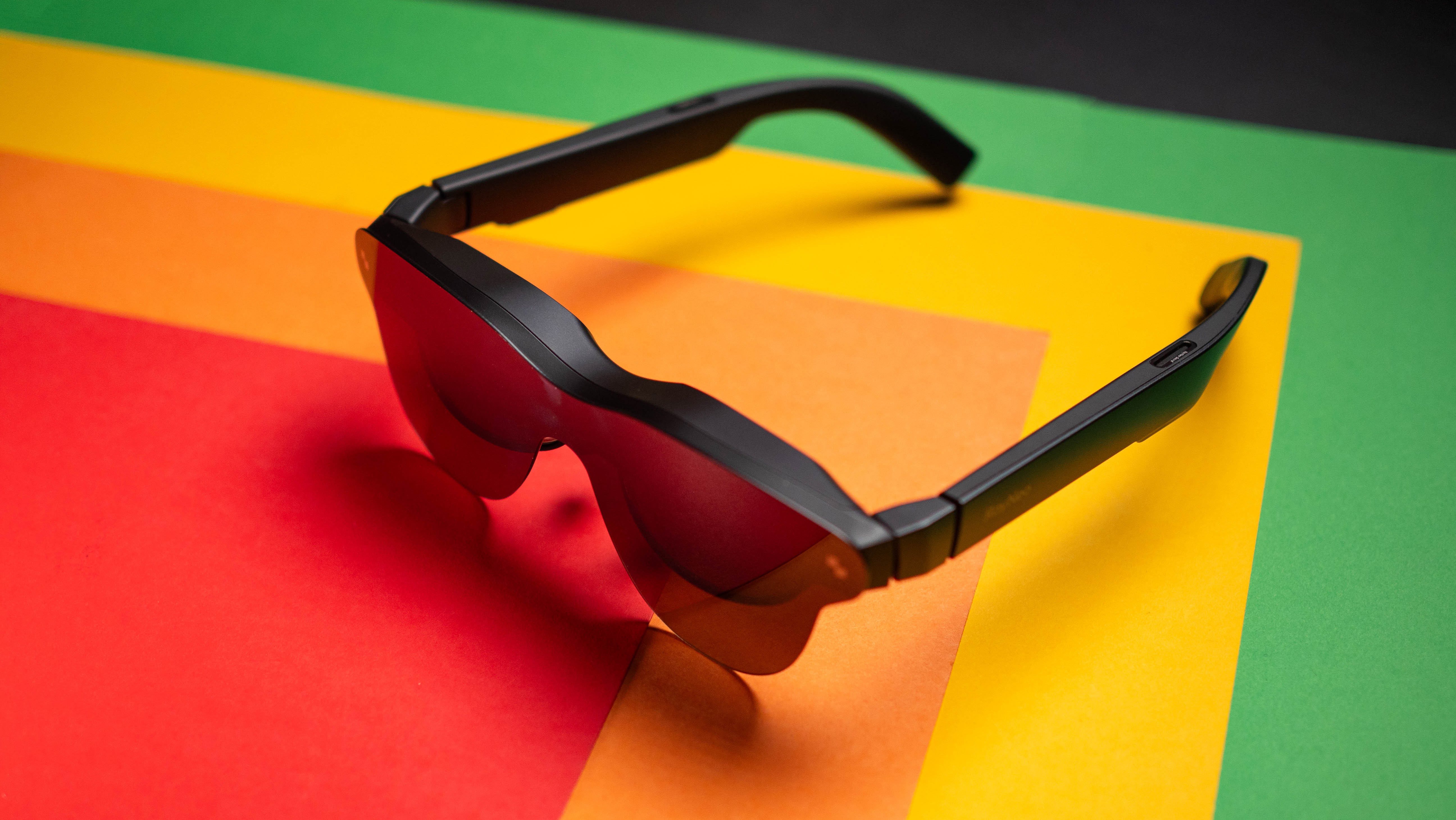
2. RayNeo Air 3S Pro
Our expert review:
Reasons to buy
Reasons to avoid
If you've never owned a pair of smart display XR glasses before and aren't sure about spending $500 on your first pair, RayNeo Air 3S Pro is the place to start. They offer a pair of crisp micro-OLED screens with the best eye care solution in the industry. No other pair of smart display glasses offers 3840Hz PWM dimming, ensuring that even the most sensitive users should be able to wear these without discomfort.
Not only that, but user reviews (and our own experience) have shown that these offer a clearer picture than Xreal One even though they're half the price. RayNeo Air 3S Pro improves the display over the regular Air 3S model by offering a brighter display with better tinting, so you can see that crystal clear micro-OLED panel without the real world getting in the way.
Since there are no spatial anchoring features, the display will follow your vision at all times. That means there's no motion smoothing for when you're in a bumpy airplane or when you move your head around. This won't bother everyone, but it's a negative point that Xreal One's spatial positioning technology solves. They are plug-and-play, though, so they'll immediately work with most smartphones, laptops, and devices like the Steam Deck, but you'll need an adapter for devices like the Nintendo Switch.
Check out our RayNeo Air 3S Pro review for all the details.
Best XR ecosystem

3. Viture Luma Pro
Our expert review:
Reasons to buy
Reasons to avoid
When I think about all the amazing products Viture makes, I get really excited. As a gadget geek, there's something special about a company that makes a whole ecosystem of products that work with each other, and Viture is the king of XR glasses ecosystems.
The Viture Luma Pro glasses themselves are quite capable, sporting one of the brightest, clearest micro-OLED displays of any smart display glasses product. They also have the clearest view of the screen, with virtually no edge fringing, as some other XR glasses suffer from. They are plug-and-play, so plugging them into a phone, laptop, or Steam Deck will immediately turn them on and enable the giant virtual monitor.
The Luma line ships with a built-in camera for spatial anchoring, but Viture hasn't updated the glasses to support 3DoF out of the box yet. Until then, you'll want to pick up some accessories that heighten its already impressive visual capabilities. The Viture Pro Neckband is like a small computer built into a necklace that plugs into Viture Pro glasses, giving you instant access to cloud services like GeForce Now and remote PlayStation 5 gameplay support.
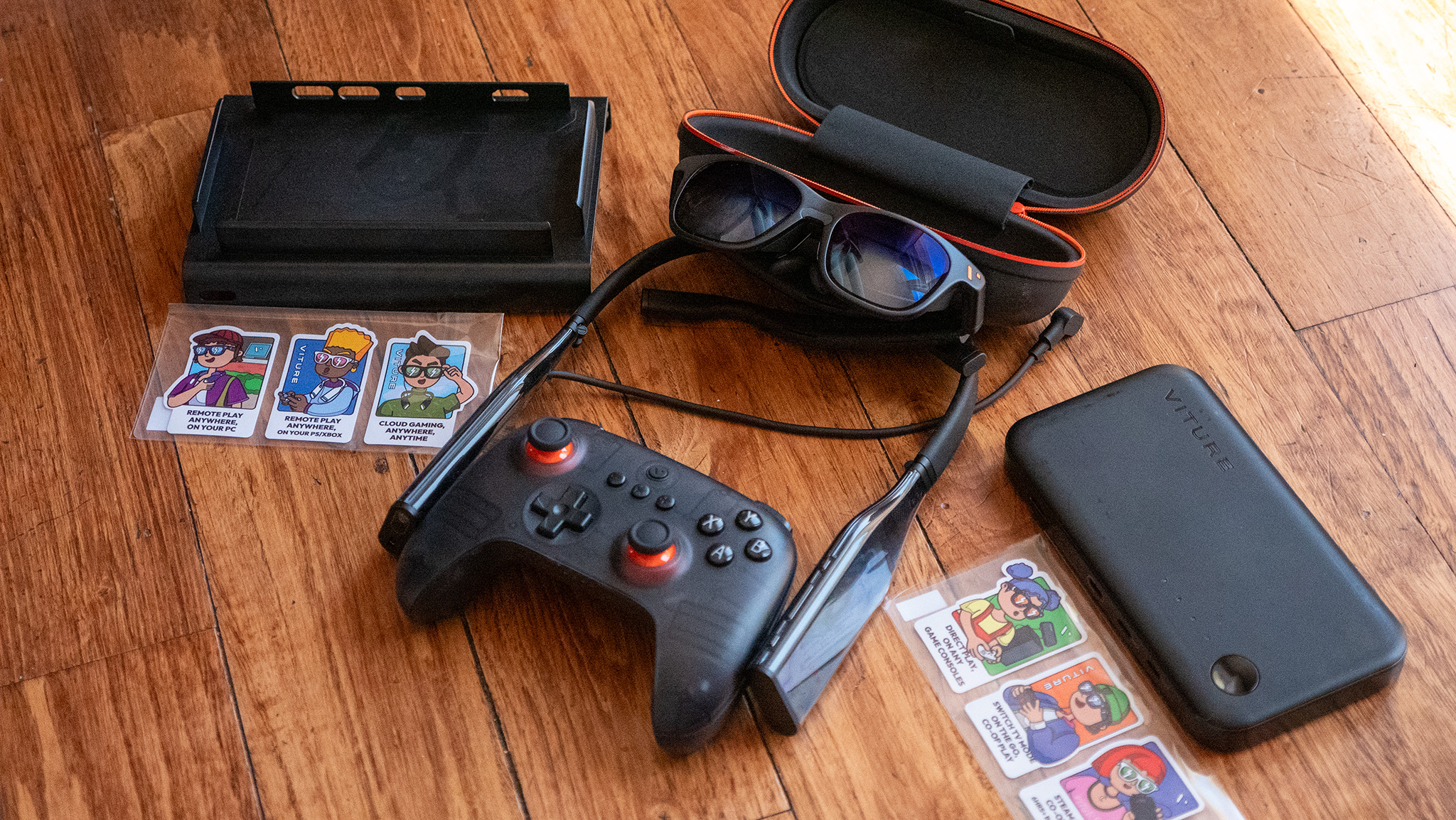
Nintendo Switch and Switch 2 owners should pick up the Viture Mobile Dock, which packs a 10,000mAh battery inside and tricks your Switch into thinking it's docked to a TV. This gives you the full 1080p resolution of a docked Nintendo Switch, all on the giant virtual OLED inside Viture Pro, and even unlocks better performance on Switch 2 that's available when docked. This dock also doubles as a giant battery, which can be used for other portable consoles like the Steam Deck, or even just to charge your phone on the go.
Viture has a partnership with popular controller manufacturer 8BitDo and not only has a special branded Bluetooth controller, but also has a new VITURE x 8BitDo Ultimate Mobile Controller, as well. This new controller plugs into your phone and allows you to get the instant feedback of a wired controller without all the neck pain that comes from looking down at your games for a long time, since you can plug your Viture Pro glasses right into the controller.
Best overall AI
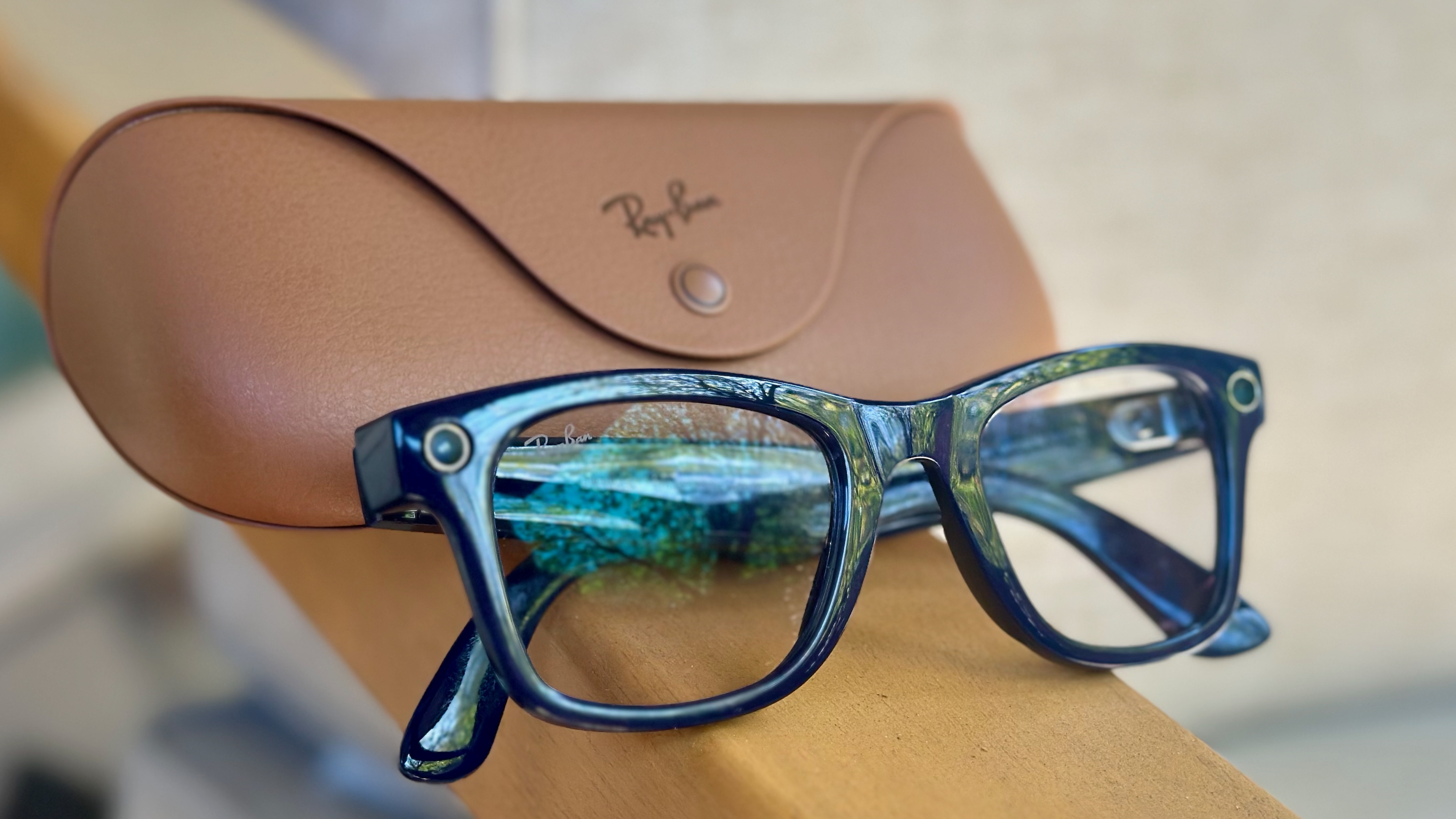
Reasons to buy
Reasons to avoid
Ray-Ban Meta Gen 2 picks up right where the first gen pair left off, improving the experience while still offering tons of styles to choose from. Meta says there are around 150 different combinations of lenses, colors, and frame styles to choose from, giving you plenty of customization for your everyday pair of glasses.
On top of that, these glasses pack in the same excellent battery and camera improvements from Oakley Meta HSTN smart glasses. That means you can expect a roughly 60% improvement over Ray-Ban Meta Smart Glasses (Gen 1), as shown in my Oakley Meta HSTN battery review.
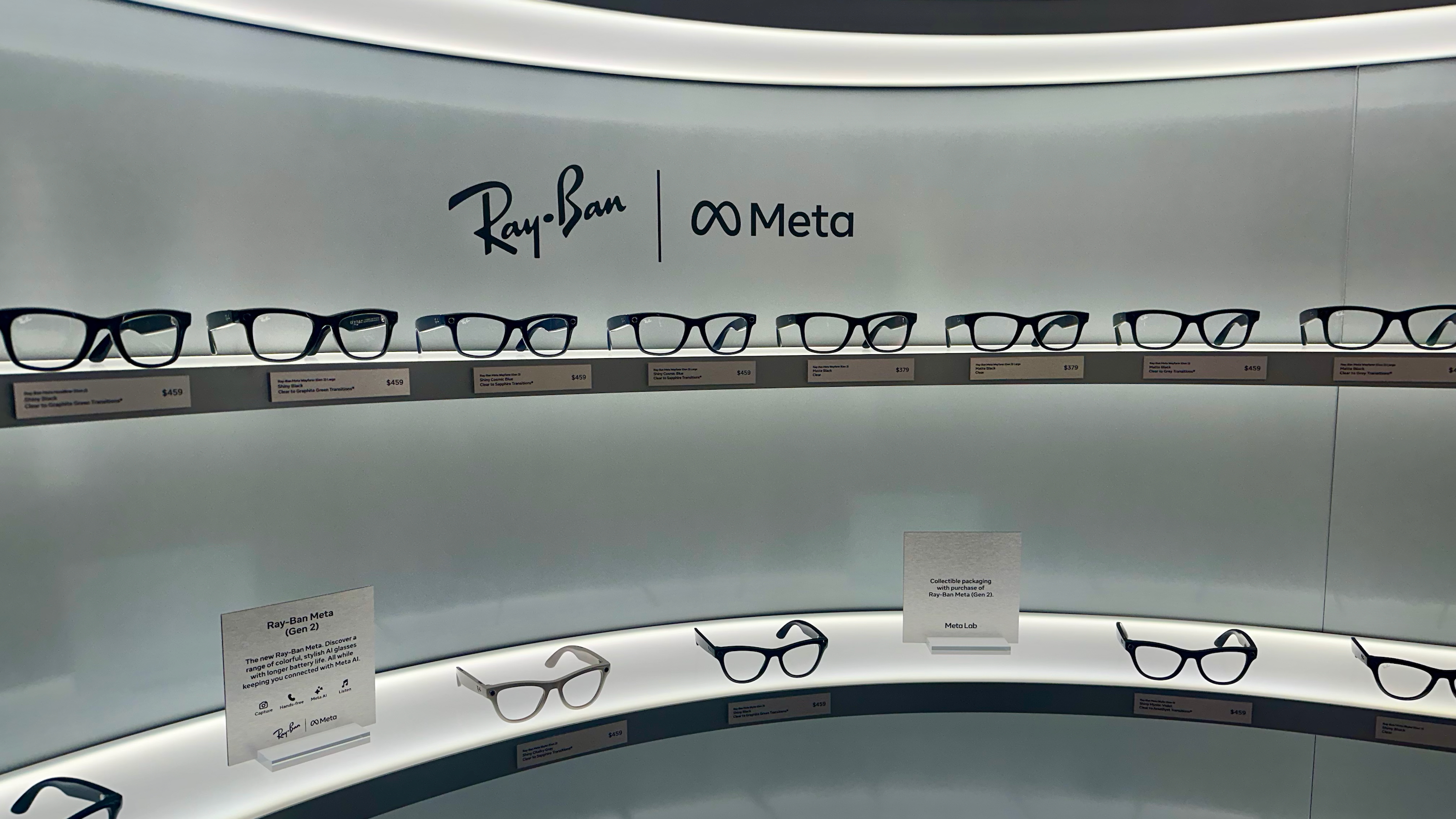
While photo quality is surprisingly similar to Ray-Ban Meta Gen 1, it's video quality that got a huge upgrade. No, I don't mean the 3K resolution massively improves image quality — although it does net some improvement. Rather, these glasses feature a massive improvement in video stabilization. To me, it's the most impressive new addition!
Like the original pair, Ray-Ban Meta Gen 2 ships with a charging case that'll keep your glasses' battery topped up for days at a time on a single charge. This works like an earbuds case and has a larger capacity than Ray-Ban Meta Gen 1's similar charging case. They also support all the great Meta AI features of RBM's, so you won't have to miss out on all the fun. Notice a trend? Yep, these are like super-charged RBM's, and that's a great thing.
Best premium AI

5. Meta Ray-Ban Display Glasses
Our expert review:
Reasons to buy
Reasons to avoid
The next-generation of smart glasses has officially arrived, and they look just like a thicker pair of Ray-Ban Wayfarer frames. Considering thick frames are a normal style that people wear for non-smart glasses, these look like a standard pair of Ray-Bans but have many hidden superpowers other Ray-Ban Meta smart glasses don't. The only downside here is that they're heavier than Ray-Ban Meta Gen 2 glasses, so they won't be as comfortable as that pair after a few hours of wear.
That all starts with the display embedded in the right lens. This private display is only visible by the person wearing the glasses and offers a full UI with smartwatch-like features that's designed to keep your eyes off your phone as much as possible. You can use this display to send and receive messages, take photos with a visual viewfinder (including zoom capabilities), perform Meta AI searches, and more.
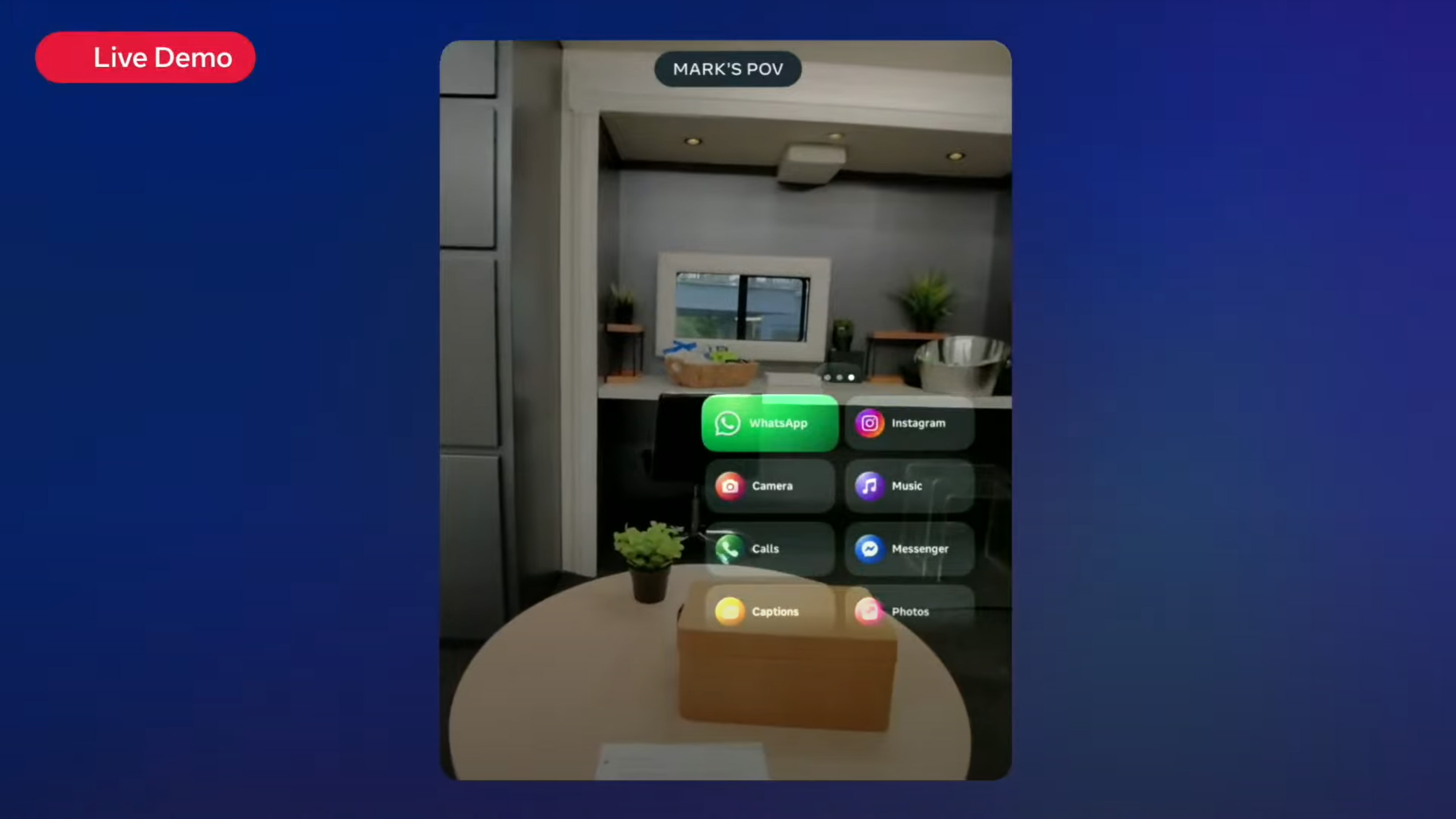
The glasses also include a Meta Neural Band in the box, a cloth band that adorns your wrist like a fancy bracelet. This band understands how electrical impulses in wrist muscles work, allowing you to perform gestures and control the smart glasses' UI with just your fingers. That means you can "write" on a table to respond to messages, turn an invisible dial to change the volume, and more.
Right now, Meta Ray-Ban Display Glasses are a bit hard to come by. The company requires an in-person appointment at Best Buy or one of the other retailers that sell the glasses, and stock is low since they just launched. Plus, they're quite pricey at $799, making this a true premium pair of AI glasses. Check out our Meta Ray-Ban Display Glasses hands-on for full impressions and more details.
Best modular AI

6. Solos AirGo V
Our expert review:
Reasons to buy
Reasons to avoid
Solos AirGo V is the latest pair of smart glasses from Solos, sporting the camera-forward design of Ray-Ban Meta Smart Glasses without all the Meta controversy. Like the company's previous pair of smart glasses, AirGo 3, the AirGo V come with native ChatGPT 4o integration, so you can ask the world's favorite intelligent AI model anything you'd like.
The cameras on the front don't deliver the camera quality of Ray-Ban Meta Smart Glasses, as they're primarily designed to be used for ChatGPT integration. That means you can ask ChatGPT about anything you see, and the glasses' cameras will snap a photo for ChatGPT to use. That also includes realtime language translation using the built-in microphones and speakers.
Personally, I prefer the physical button camera controls from Ray-Ban Meta Smart glasses, but some may like the gesture-based taps on the arms of these glasses. Speaking of the arms, they feature a unique modular design that makes it easy to swap out frames at any time. This can come in clutch if you're going somewhere and don't want to have a camera on your face, or you just want to swap out the look.
The arms also feature a unique pair of "whisper" speakers that can audibly read your texts and calendar reminders so you can stay off your phone more. These are designed to be more private than some other smart glasses' speakers, as they're designed in a way that keeps the audio pointed toward your ears rather than generically downward.
How to choose
If you're stuck choosing between XR glasses and AI glasses, consider what you'll likely be using them for throughout the day. If you want a normal-looking pair of sunglasses or prescription glasses that doubles as a cool PoV camera, open-ear Bluetooth headphones, or a nifty way to ask AI questions without using your phone, AI glasses are the way to go. Ray-Ban Meta Gen 2 is your best bet here.
If you find yourself traveling a lot, playing games on the go, trying to play games or watch something different from your housemates, or like to work remotely and are tired of looking down at your laptop all the time, XR glasses are what you need. Xreal One is the best bet here, but if those are too expensive to start out with, RayNeo Air 3S is a much more affordable way to try the concept out.
Get the latest news from Android Central, your trusted companion in the world of Android

